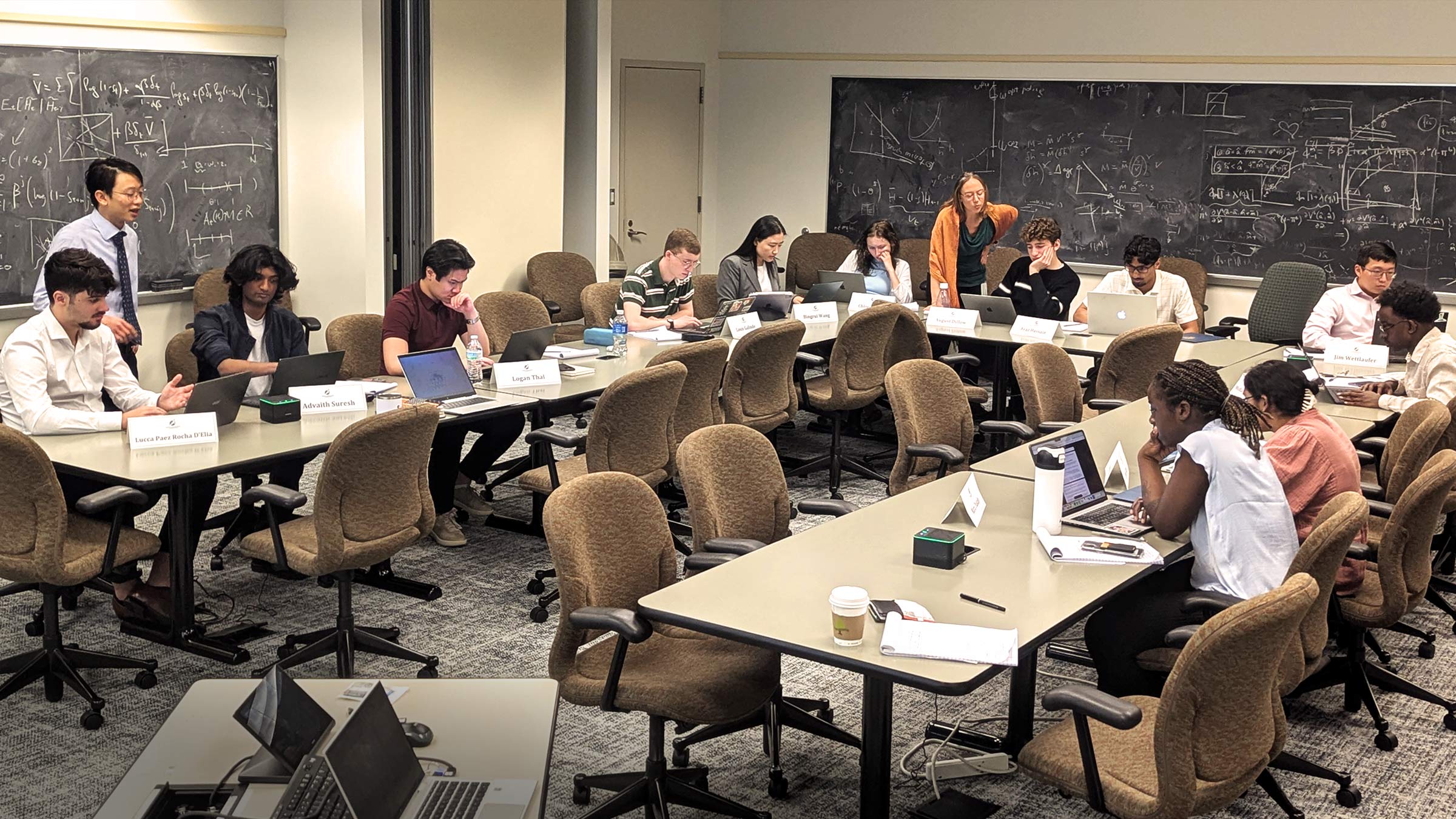
The final section of V. V. Chari’s essay “Climate Change Economics: The Role of Uncertainty and Risk” reviews the Heller-Hurwicz Economics Institute’s 2014 conference papers, divided into three categories. The first set incorporates uncertainty into economic models of climate change, the second set uses asset pricing theory and data to develop models with very different policy implications, and the third set focuses on policy. (Full references to the papers are included in Chari’s essay.)
Uncertainty
By uncertainty, Chari means being unsure of model selection, parameters, and design. Brock and Hansen’s paper observes that both science and economic forecasts vary significantly, due to differences in modeling and assumptions about emissions, and are limited by computational constraints. In response, they offer methods to incorporate concerns about uncertainty, providing what Chari calls “an exceptionally useful instruction manual for the next generation” of models. A paper by Anderson, Brock, and Sanstad applies that manual with added assumptions that the model’s participants are concerned about model inaccuracy and are averse to ambiguity, and concludes that even climate change skeptics should take action if they have any degree of doubt. A third paper, by Wagner and Zeckhauser, shows that uncertainty about climate change consequences can significantly change policy responses and that conventional estimates of carbon costs may “severely underestimate” reality.
Asset pricing
Chari reviews two papers that use asset pricing theory and/or data to analyze climate change policy. Because asset markets are thought to incorporate all relevant information, prices should be accurate gauges for modeling and for developing policy. Daniel, Litterman, and Wagner develop an alternative to conventional Nordhaus-style models with different assumptions about risk aversion and learning, and very different implications, Chari notes. These include a high effective tax on greenhouse gas emissions that would decline as uncertainty diminishes. The tax would act, effectively, as a form of insurance against the possibility that climate change damages are more severe than estimated, a high price that society should be willing to pay.
A paper by Bansal, Kiku, and Ochoa uses data on equity prices and temperature in their model, generating a carbon cost three times higher than conventional estimates, driven in part by preference to resolve uncertainty as soon as possible by acting aggressively and immediately. “It is clear,” Chari concludes, “that the next generation of models will have to use the Bansal, Kiku, and Ochoa framework as a starting point.”
Policy
Two final papers focus on policy. Weitzman’s contends that a single binding minimum price is more likely to achieve collective international consensus than individual quantity targets because it would capture the trade-offs involved and wouldn’t encourage nations to compete for higher emission limits. Mehra’s paper argues against using asset values to evaluate policies because interest rates are endogenous when policies affect consumption growth. He further advocates that because people vary widely and generations are yet unborn, economists should describe likely consequences and leave decisions to others.






